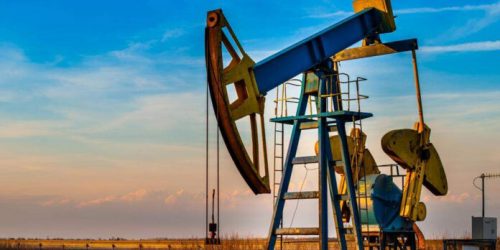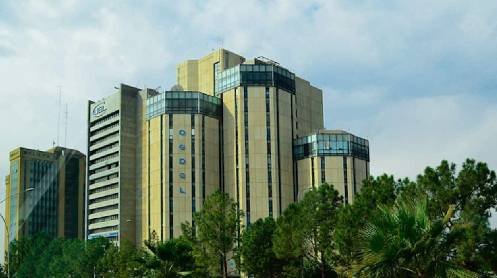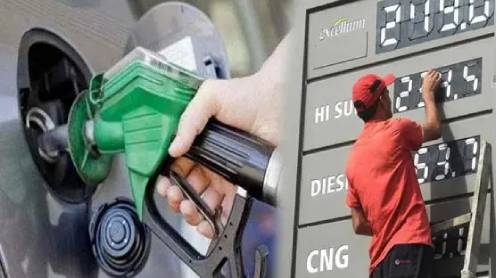The oil and gas sector has not had it easy this year thanks to the COVID-19 pandemic and the resulting travel restrictions and impact on international travel.
Oil prices have struggled to break past the $US45 ($62) per barrel mark and have in fact slipped below $US40 per barrel this week thanks to bearish news from world financial markets.
Russia expects global oil demand to decline by between 9 million barrels per day (MMbpd) and 10MMbpd this year, a bigger drop than the 8.1MMbpd estimate put forward by the International Energy Agency (IEA).
However, Russian Energy Minister Alexander Novak forecast that average oil prices could rise to between $US50 and $US55 per barrel in 2021, noting that global oil demand will return to pre-pandemic levels at some point in 2021.
Global natural gas consumption is set to decline by 4 per cent this year, according to the Global Gas Report 2020, but is expected to return to growth after the pandemic thanks to low natural gas prices and stricter environmental policies.
With oil and gas demand expected to turn around, several companies are drilling high impact wells that will leave them well placed to ride the wave.
Drilling for oil in an under-explored hydrocarbon province
Melbana Energy (ASX:MAY) is preparing to drill two wells to test up to 235 million barrels (MMbbl) of prospective oil resources across four separate targets at its onshore Block 9 in Cuba.
Angolan national oil company Sonagol is paying 85 per cent of the costs of the drill program in return for a 70 per cent interest.
Executive chairman Andrew Purcell told Stockhead that Melbana had picked up Block 9 because it was under-explored due to Cuba’s bad relationship with the US, despite having a proven and developed hydrocarbon system with a very large volume of prospective barrels.
“Wells have been drilled in this area and hydrocarbons have been discovered and flowed to the surface before, so that increases the chance of success considerably from what a normal exploration well would be,” he said.
“We’re going into a place where we know there’s oil and where there is infrastructure with this very large potential discovery still to be made, and we can do that with a minimum of capital at risk because of that situation Cuba finds itself in.”
Purcell said Sonagol decided to farm in because it was looking for opportunities outside of Angola and the potential prospective resource at Block 9 made sense for an organisation of its size.
“If we’re successful, we would, I suspect, immediately put these wells into production, and that would mean revenue for us, which would be a nice development for our shareholders,” he said.
“Infrastructure is already in place, so the infrastructure development would be very minimal and production could start very quickly.”
Success will also open up the rest of the block, which has prospective recoverable resources of up to 676MMbbl.





